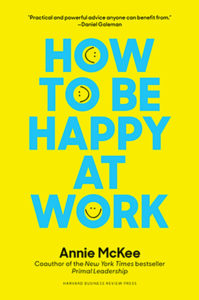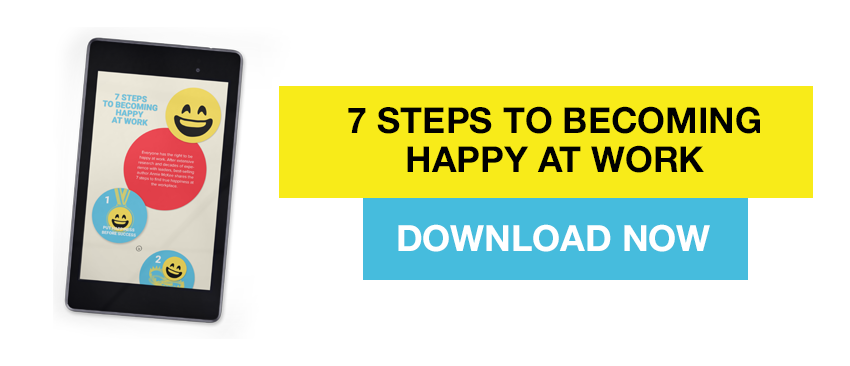For a leader, each conversation and exchange is an opportunity to gather valuable information about people, groups, and cultures, while building relationships and resonance.
Attending carefully to our human environment and our relationships enables us to see details we may have missed. We notice subtle patterns in people’s behavior, group dynamics, organizational processes and even worldwide events. When we are mindful, we are more in control of ourselves and situations, simply because we see reality more clearly. Deliberately paying attention to our environment, including people, enables us to generate more accurate ideas about what is really going on.
Understanding The People Around You
Judi Johansen, former President, and CEO of PacifiCorp, an investor-owned utility company in the western United States, sees mindfulness as a way of life and a necessary baseline for success as a leader of a complex business.
Some years ago, when she was still practicing law, Judi represented the “Lilliputians” in a case that would determine who could influence the utility business in one part of the country. At the low point, Judi’s clients were not even at the negotiating table, much less influencing decisions. Judi describes reading the situation this way: “I saw that the path they were going down was not going to get them where they wanted to go. I saw disunity in the group.” She saw that the one hundred or so representatives of the small companies did not share an agenda and as such could not possibly fight the big guys.
It would have been easy to attend to the loudest, most powerful voices in her client group, or to attempt to hammer out a common position by herself (she did know what she was doing, after all). But Judi was paying attention to the dance between people and groups.
By listening to conversations, watching how they interacted, noting what they hinted about one another in a one-on-one discussion with her, she saw the subtle signs of competition and mistrust. She also noticed the opponents’ quiet satisfaction in the face of this situation.
Putting It To Practice
Judi acted on what she saw. One memorable day, she managed to pull all one hundred-plus clients together in the parking lot of a hotel. Megaphone in hand, she recounted what she had seen: the disunity, how it was not serving them, how their opponents loved every minute of it. She pointed out how obvious it was—to everyone except themselves. She called on them to reach across the competitive boundaries and join together as one voice.
It worked. Judi’s mindful approach to both the environment in which she was operating and the people with whom she was dealing—her careful awareness and attentiveness to this delicate situation—resulted in the client group putting their competitiveness aside, getting a seat at the negotiating table, and ultimately achieving their aim.
Some years later, Judi found herself in yet another situation in which her mindful approach to the environment and people would be crucial: she was appointed as the first female Administrator at Bonneville Power Administration, a federal agency regulating energy policy across four states, fifty-two Native American tribes, investment-owned utilities, public utilities, numerous commissions, and various federal, state and local governments. Talk about complexity: Judi’s job was to create the blueprints and then to build commitment to plans for allocation of finite resources across multiple constituencies with insatiable needs.
Getting Up Close And Personal
To succeed, Judi had to scan her environment. It was not enough to rely on the institutional folks whose job it was to monitor information and opinion. She had to get personally involved. She needed to be ‘up close and personal’—talking to people, listening to what was said as well as what was not said, watching body language when people came together.
Judi consciously tunes in to the most subtle form of communication: the silent language of the body and wordless vocal expression. She has trained herself to interpret—accurately—the conversation that goes on behind the words. She studies people, generating hypotheses about their underlying feelings, motives, relationships, etc. She tests her perception, subtly, and when she is that much more sure she really understands what is going on with people, she can act based on this deeper understanding of their position.
In the end, she succeeded time and again. She has managed to support the creation of numerous plans that optimize resources and that not only met the needs of constituents but also enabled them to make the necessary trade-offs at critical junctures.
Today, as CEO at PacifiCorp, Judi’s mindful attention to people and to her environment gives her the ability to truly understand the needs of her organization and its constituencies. As she puts it, “Mindfulness is a way of life. This is what I do”. She constantly assesses how people perceive things, noticing everything that goes on. She watches individuals and the dynamics between people. She tracks body language as carefully as what is said, noticing everything–even people’s annoying habits at meetings, which can impart valuable information about their level of anxiety, competitiveness, acceptance or rejection of ideas and the like.
Excerpted from Resonant Leadership, Harvard Business Review Press, 2005.

You Deserve to Be Happy at Work
Based on extensive research and decades of experience with leaders, How to Be Happy at Work deepens our understanding of what it means to be truly fulfilled and effective at work and provides clear, practical advice and instruction on how to get there―no matter what job you have.
